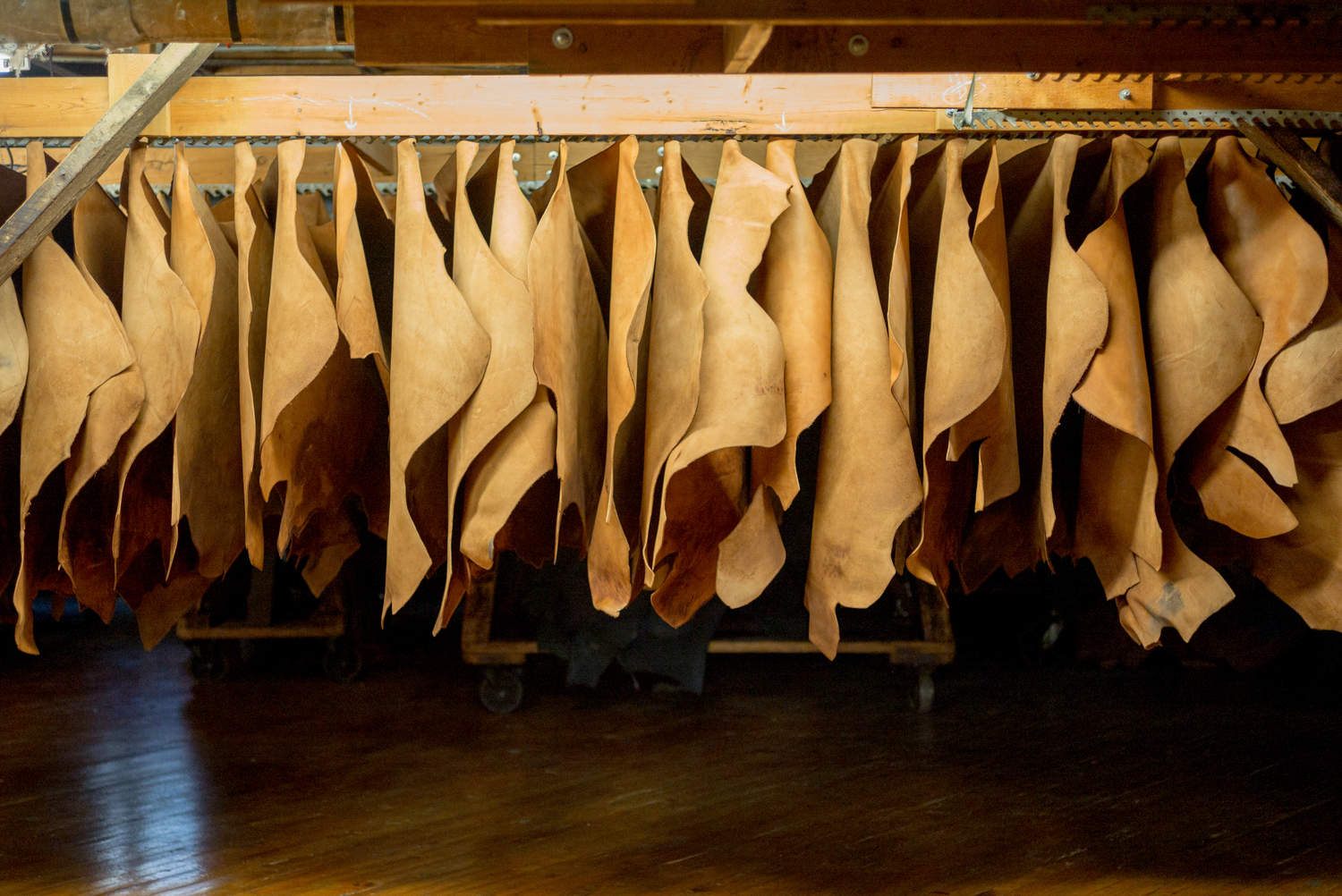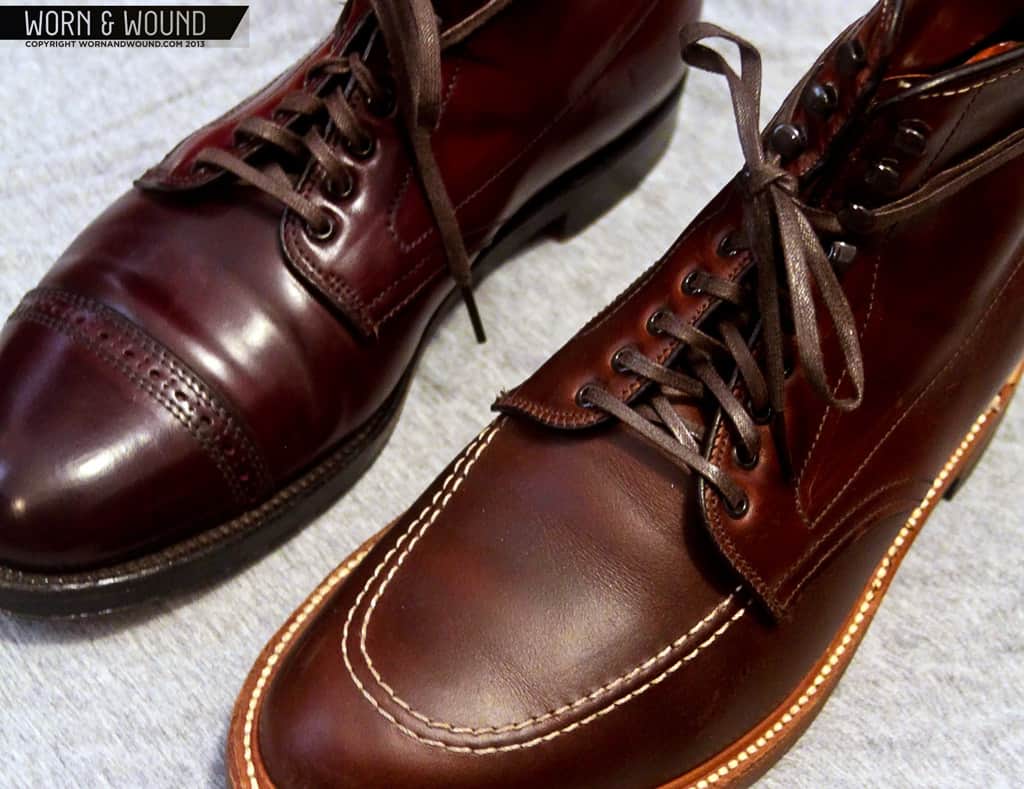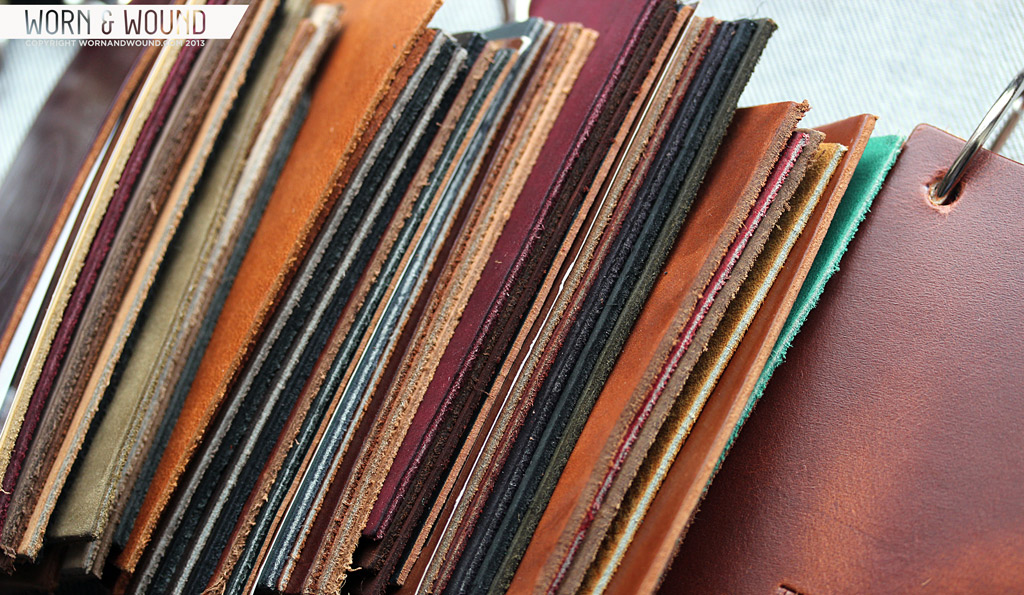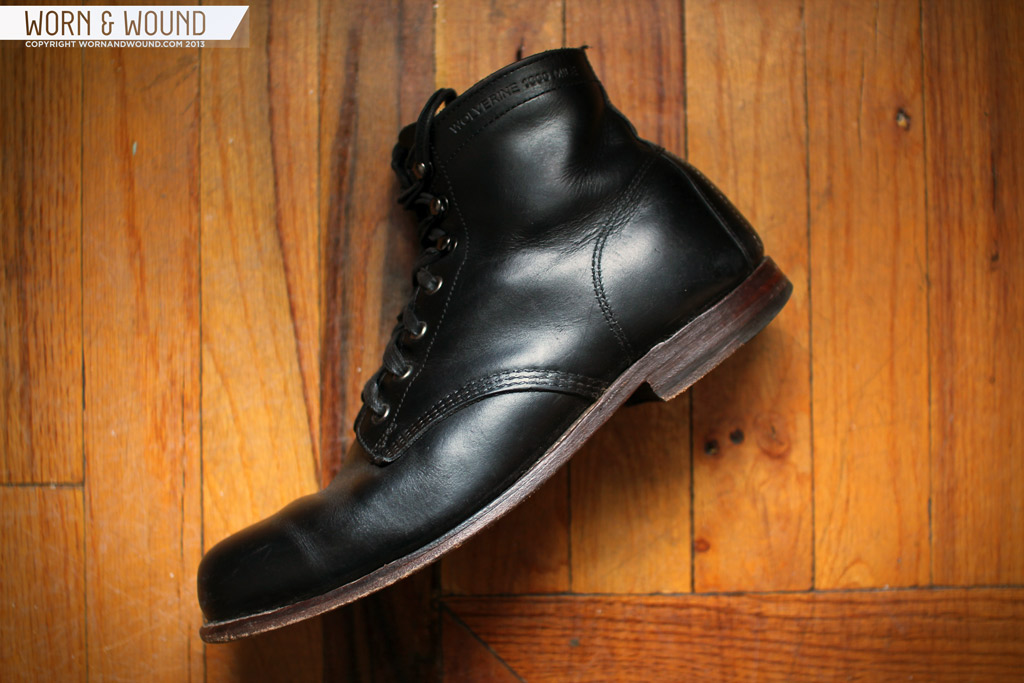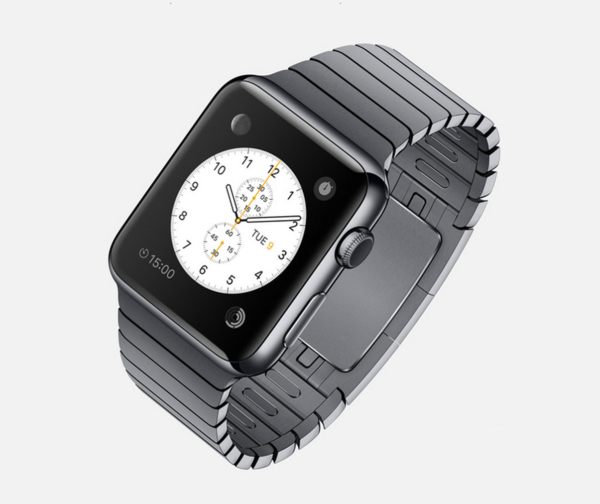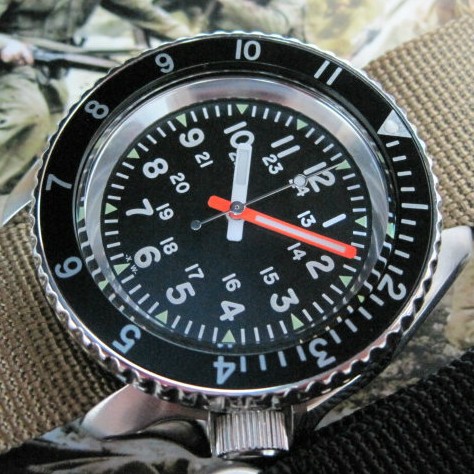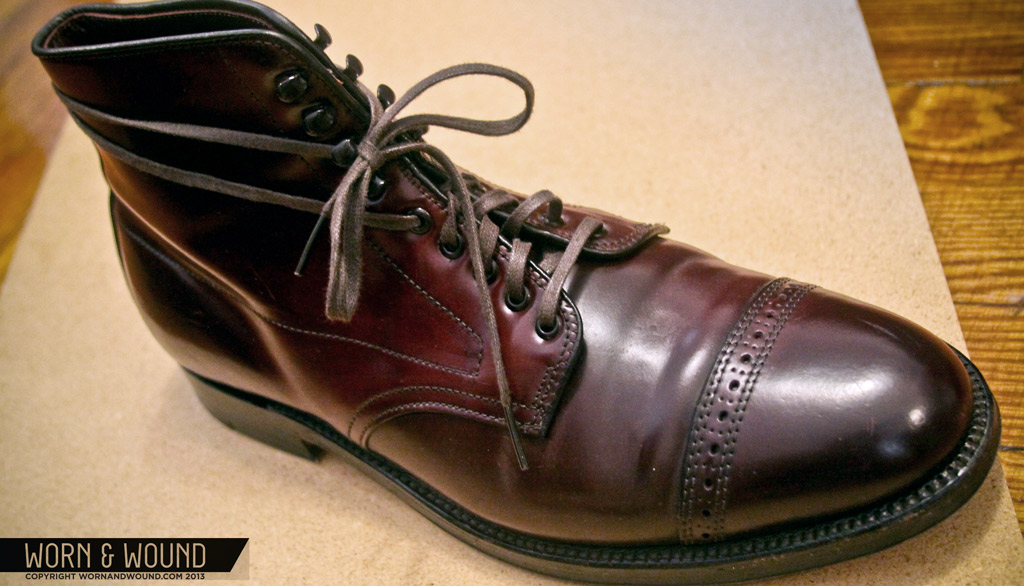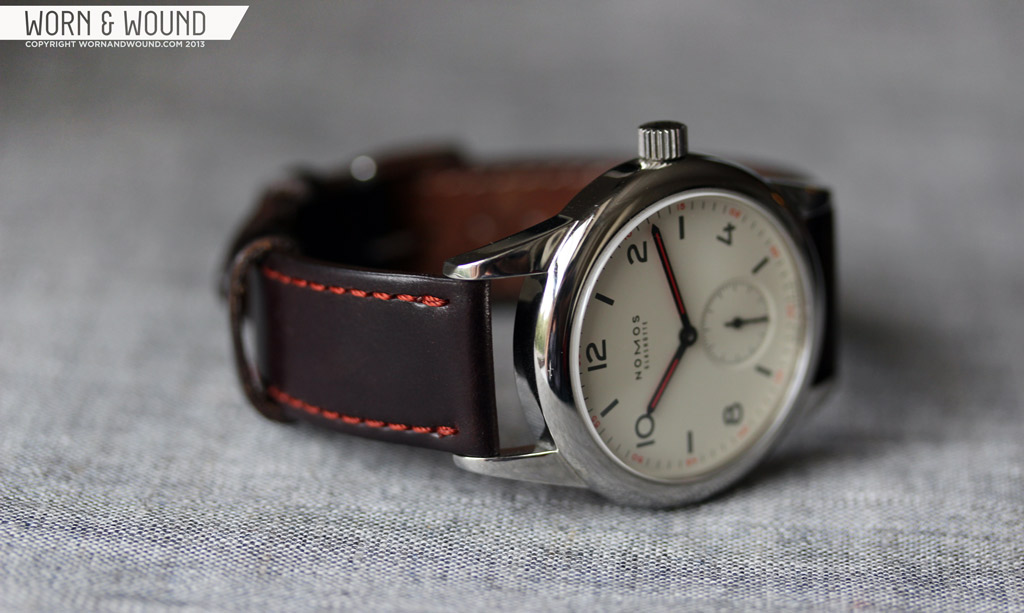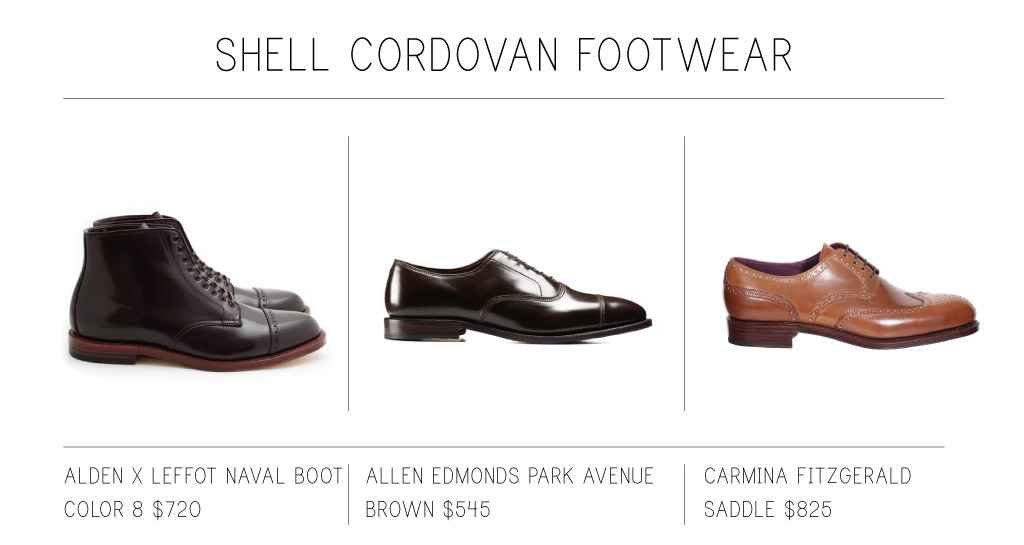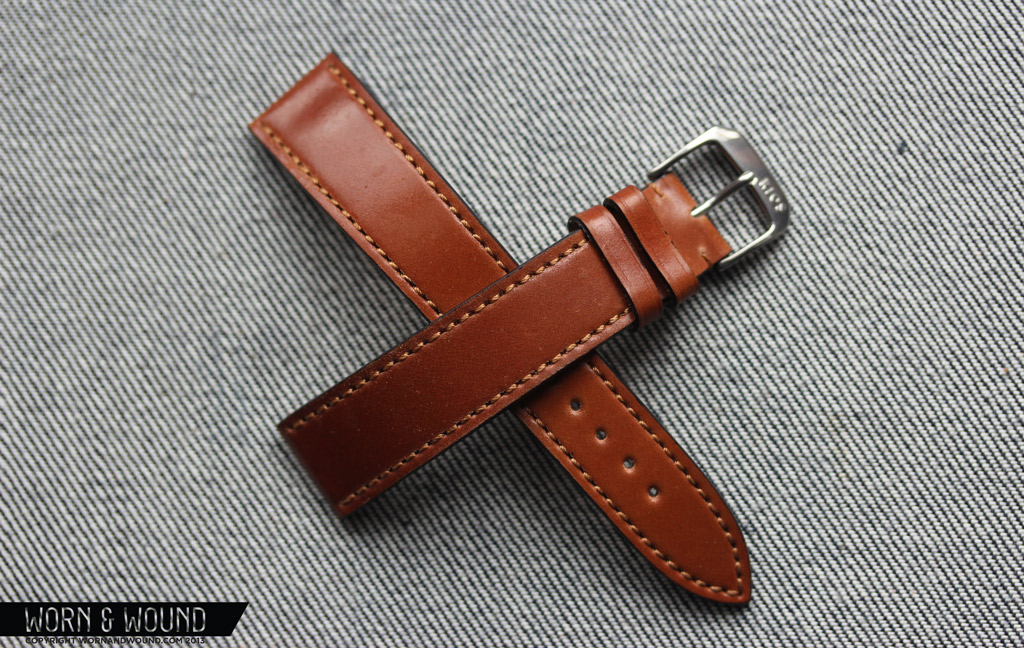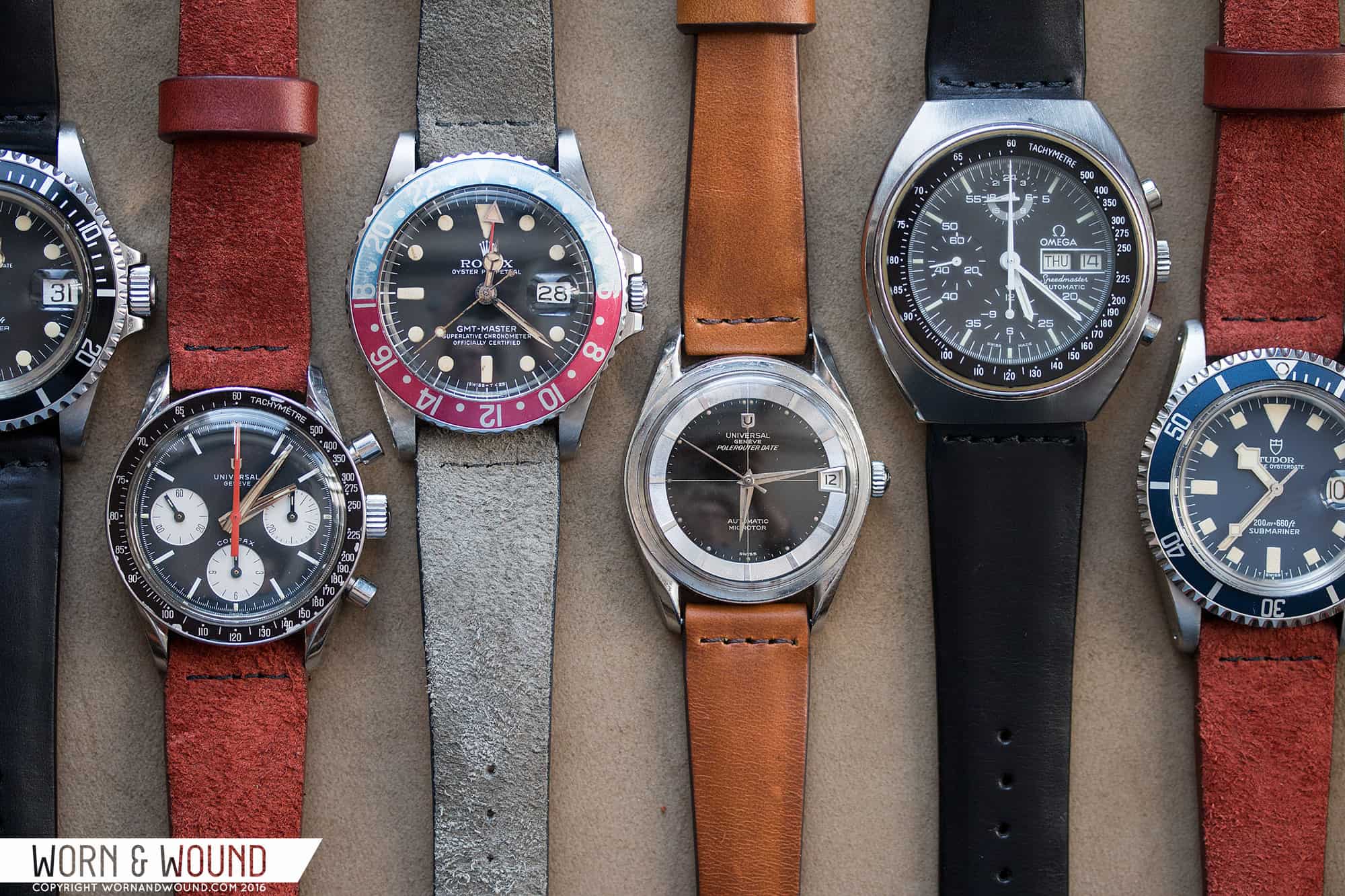Let’s face it, most watch nerds love leather. A leather strap can drastically change the look of a watch, and most of us have more straps than we do watches. In recent years we’ve been treated to a number of options, and not just from the big boys like Hirsch and Di-Modell, but also from small artisans creating beautiful custom straps from all sorts of hides. With all these choices, however, there’s bound to be some confusion, especially when some of these non-OEM straps cost upwards of $200. So a light bulb went off in my head; let’s give our readers a small primer clearing up some of the confusion by taking a look at one of the best leather tanneries in the world, Chicago’s Horween Leather Company, with a focus on two different types of leather that have become increasingly popular in the last couple of years: Chromexcel and shell Cordovan.
Horween: An American Institution
Isadore Horween, a Ukrainian immigrant, founded Horween Leather Company in 1905 on Division Street in Chicago. Though the Horween of today sports an impressive portfolio, the company first focused on making razor strops for sharpening blades. As the times and tastes changed, the company expanded into other areas, producing everything from football leather for the NFL to water-resistant footwear for the U.S. Marine Corps. While most tanneries eventually moved overseas to take advantage of lower labor costs, Horween stayed put (only moving once in 1920 to Chicago’s north side). Today, Horween is still family operated under the tutelage of a 4th generation Horween, Skip, and his son, Nick. They employ approximately 160 unionized workers, many of whom have been with the company for decades and have honed their skills to nearly irreplaceable precision. Most savvy consumers know Horween for their shell cordovan and Chromexcel leathers, used by countless brands in their wares. So what makes these two leathers so special?









 Featured Videos
Featured Videos




